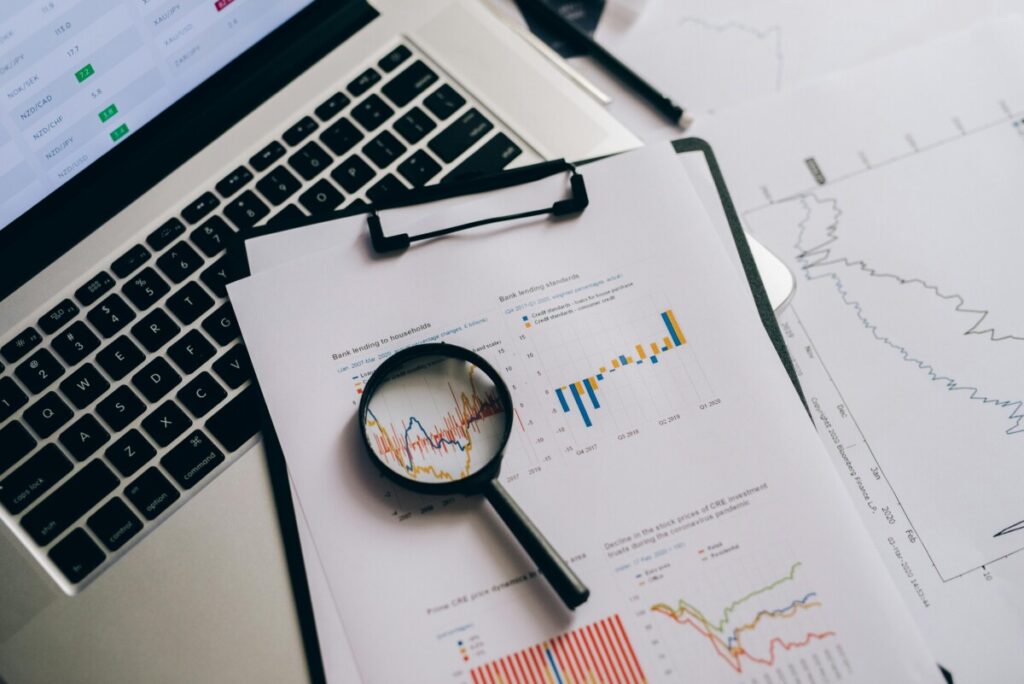Big Data Analytics Explained

Big data analytics is a way for businesses to use a lot of information to make better decisions and improve how they work. This guide will help you understand what big data analytics is and how it can help your business.
What is Big Data Analytics?
Big data analytics is when businesses look at a lot of complex information to find useful patterns and trends. They collect, process, and analyze huge amounts of data from different sources to learn important things that can help them make decisions and solve problems. There are three types of analytics: descriptive (looking at what happened in the past), predictive (making predictions based on past data), and prescriptive (giving recommendations for future actions).
How is Big Data Analytics Used?
Big data analytics is used in many industries to do different things:
Improved decision-making: Businesses can make better decisions by analyzing lots of data from different places. This helps them understand what customers want, what’s happening in the market, and how well they’re doing.
Enhanced customer experiences: By using big data analytics, businesses can learn more about their customers and give them better experiences. They can personalize things, make customers happier, and keep them coming back.
Increased operational efficiency: Big data analytics helps businesses find ways to work better. By looking at data from different parts of their operations, they can save money, be more productive, and work more efficiently.
Industry-specific use cases: Big data analytics is used in healthcare, finance, retail, and manufacturing, among other industries. For example, it helps with analyzing patient data, predicting diseases, and managing resources in healthcare. In finance, it’s used to detect fraud, assess risks, and analyze markets.
How to Use Big Data Analytics Successfully
To use big data analytics successfully, businesses need to follow these steps:
Management and Data Collection: Collecting and organizing the right data is important for analysis.
Data Quality: Making sure the data is accurate and complete is crucial for meaningful analysis.
Data Analysis and Visualization: Analyzing the data using the right tools and techniques helps find important information. Visualizing the data with charts and graphs makes it easier to understand.
Key Considerations:
Infrastructure: Having good hardware, software, and storage capabilities is important.
Talent: Having skilled people who can analyze the data and make decisions based on it is crucial.
Scalability: Being able to handle more data as it grows is important.
Challenges and Best Practices
Using big data analytics can be challenging. Managing a lot of data and keeping it safe are common challenges. To overcome these challenges, businesses should have good strategies for managing data, protecting it from security breaches, and training employees to work with big data effectively. It’s also important to keep improving the big data analytics strategy as technology changes.
Conclusion
Big data analytics is a powerful tool that can help businesses make better decisions and work more efficiently. By following the right steps and considering important factors, businesses can use big data analytics successfully. It’s important to stay updated and take advantage of this evolving field to stay competitive and succeed.
https://fiscalfitnessflow.com/index.php/2024/03/29/exploring-the-latest-digital-innovations-and-trends/
https://www.forbes.com/?sh=13f86f002254
https://hbr.org/
FAQs
Q: What is big data analytics?
A: Big data analytics is the process of examining large and varied data sets, often referred to as big data, to uncover insights, patterns, and trends that can help organizations make informed decisions.
Q: How does big data analytics work?
A: Big data analytics works by using advanced analytics techniques such as data mining, predictive analytics, and machine learning to analyze and extract valuable information from large amounts of data, both structured and unstructured.
Q: What are the benefits of big data analytics?
A: The benefits of big data analytics include improved decision-making, increased operational efficiency, better customer insights, enhanced product development, and overall competitive advantage for businesses.
Q: What are the different types of big data analytics?
A: There are three main types of big data analytics: descriptive analytics, predictive analytics, and prescriptive analytics. Descriptive analytics focuses on summarizing what has happened, predictive analytics predicts what might happen in the future, and prescriptive analytics recommends actions to achieve desired outcomes.
Q: What technologies and tools are used in big data analytics?
A: Big data analytics relies on a variety of technologies and tools such as data lakes, data warehouses, stream analytics, and big data analytics tools like Hadoop, Spark, and TensorFlow to process, analyze, and derive insights from large data sets.






